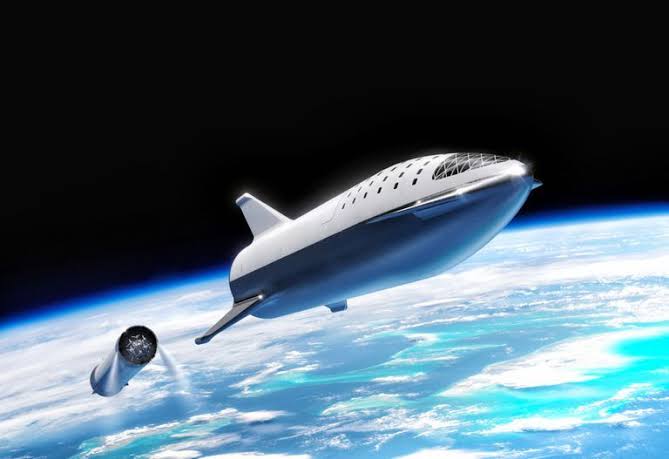While a rocket is the sole means to get to space, there are two ways to get back down: a winged vehicle, such as the space shuttle or Virgin Galactic’s SpaceShipTwo, or a capsule, such as Apollo, Soyuz, and Blue Origin’s New Shepard.For all the travelers looking to the stars, we’ve spoken with former NASA astronauts Dr. Leroy Chiao and Dr. Scott Parazynski to learn what tips they have for first-time spaceflight participants. As a 15-year NASA veteran, Dr. Chiao participated in four missions — three aboard the space shuttle and one to the ISS, in which he served as commander. Dr. Parazynski served NASA for 17 years, flying five shuttle missions throughout his career. Read on to discover their best advice for future astronauts.
As a result, training programmes for suborbital space tourist experiences are likely to be brief, lasting only a few days at most. “The disadvantage of not having a lot of training is that you don’t have the confidence that comes with it,” Parazynski explains. “Compare that to my training on the space shuttle, where we spent hundreds of hours getting ready to launch into orbit. We’d know exactly what to do if something went wrong, and our hearts wouldn’t skip a beat.”
So, in addition to learning to put your total trust in your spaceflight provider, Parazynski suggests speaking with folks who have flown before to help alleviate any anxiety.

